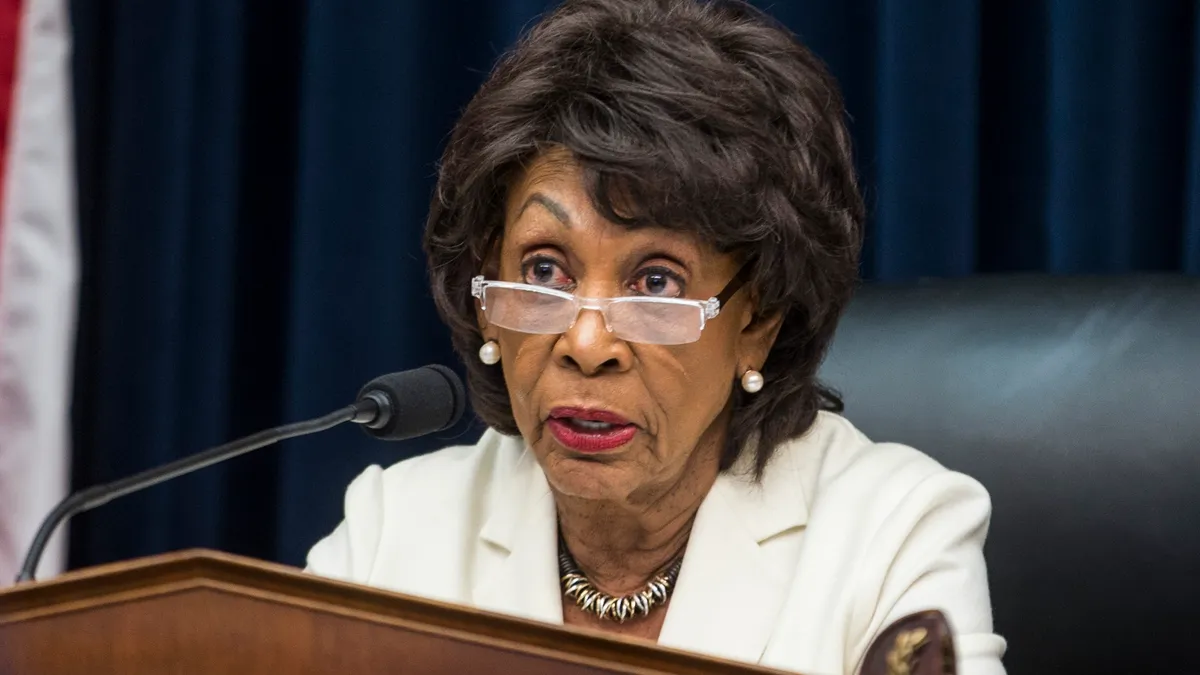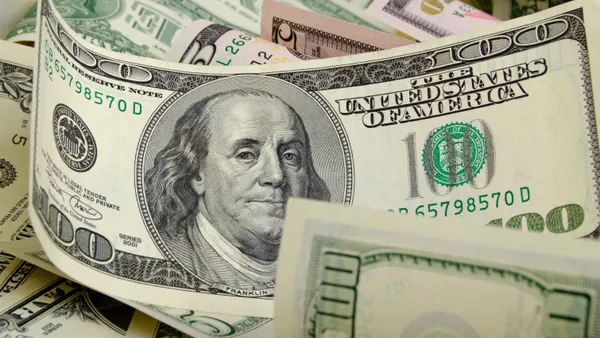Dive Brief:
- Employers last month expanded payrolls more than forecast even as the Trump administration announced the highest U.S. tariffs in decades, prompting economists to warn of slower growth, rising inflation and higher unemployment.
- Employment increased by 177,000 in April and the unemployment rate was unchanged at 4.2%, the Labor Department said Friday. Hiring was especially robust in health care, financial activities, social assistance, and transportation and warehousing.
- “The April jobs report was solid all around,” Bank of America Securities economists said in a note. “There are no substantial signs yet of a policy drag on payrolls,” they said, citing tariffs, curbs on immigration and federal job cuts by Elon Musk’s Department of Government Efficiency. “We’ll be keeping an eye on this,” they said.
Dive Insight:
The Federal Reserve and economists at several organizations have said Trump administration shifts on regulation, fiscal policy, border restrictions and global trade blur the outlook for the economy.
Indeed, the better-than-expected employment report presents some uncertainty. It draws on data from mid-April and so offers a limited view of labor market conditions and hiring plans during a period of tit-for-tat tariffs with dozens of U.S. trade partners.
“Despite the stable print this month, immigration restrictions are likely to weigh on payrolls in the coming months, especially in sectors like leisure and hospitality, education and health, and construction,” the Bank of America economists said. “Tariffs should also begin to weigh on sectors like trade, transportation and warehousing as soon as May.”
The April jobs report vindicates the decision by Fed policymakers at their two most recent meetings to hold off on cutting the main interest rate until data provide clarity on the impact from Trump administration policies, according to economists.
The employment report prompted traders in interest rate futures to cut the odds that the Fed will reduce borrowing costs at its June 17-18 monetary policy meeting. They now see a 37% probability of a quarter-point reduction compared with 58% on Thursday, according to the CME FedWatch Tool.
Policymakers are widely expected not to change the federal funds rate at their next scheduled meeting May 6-7.
“After today we think the bar is meaningfully higher for a cut in June and perhaps even July,” Bank of America economists said. At a post-meeting press conference on Wednesday, Fed Chair Jerome “Powell is likely to reiterate that the Fed is in no hurry to cut rates.”
Since the imposition of Trump administration tariffs, some so-called hard economic data have signaled risks to growth.
The economy shrank at a 0.3% annual rate during the first quarter, the Commerce Department said Wednesday, as companies stepped up imports in anticipation of tariffs announced early this month against virtually every U.S. trade partner.
Consumer spending increased 1.8% during Q1 — the slowest rate since Q2 2023 — in a foreshadowing of recent surveys that highlight slumping household confidence in economic growth, employment and the outlook for inflation. Recent surveys have also revealed a decline in business confidence.
Manufacturing declined last month, falling for the second consecutive month to a level that marks the border between expansion and contraction, the Institute for Supply Management said Thursday.
“Demand and production retreated and destaffing continued, as panelists’ companies responded to an unknown economic environment,” Timothy Fiore, chairman of the ISM Manufacturing Business Survey Committee, said in a statement.
“Prices growth accelerated slightly due to tariffs, causing new order placement backlogs, supplier delivery slowdowns and manufacturing inventory growth,” he said in a statement.















